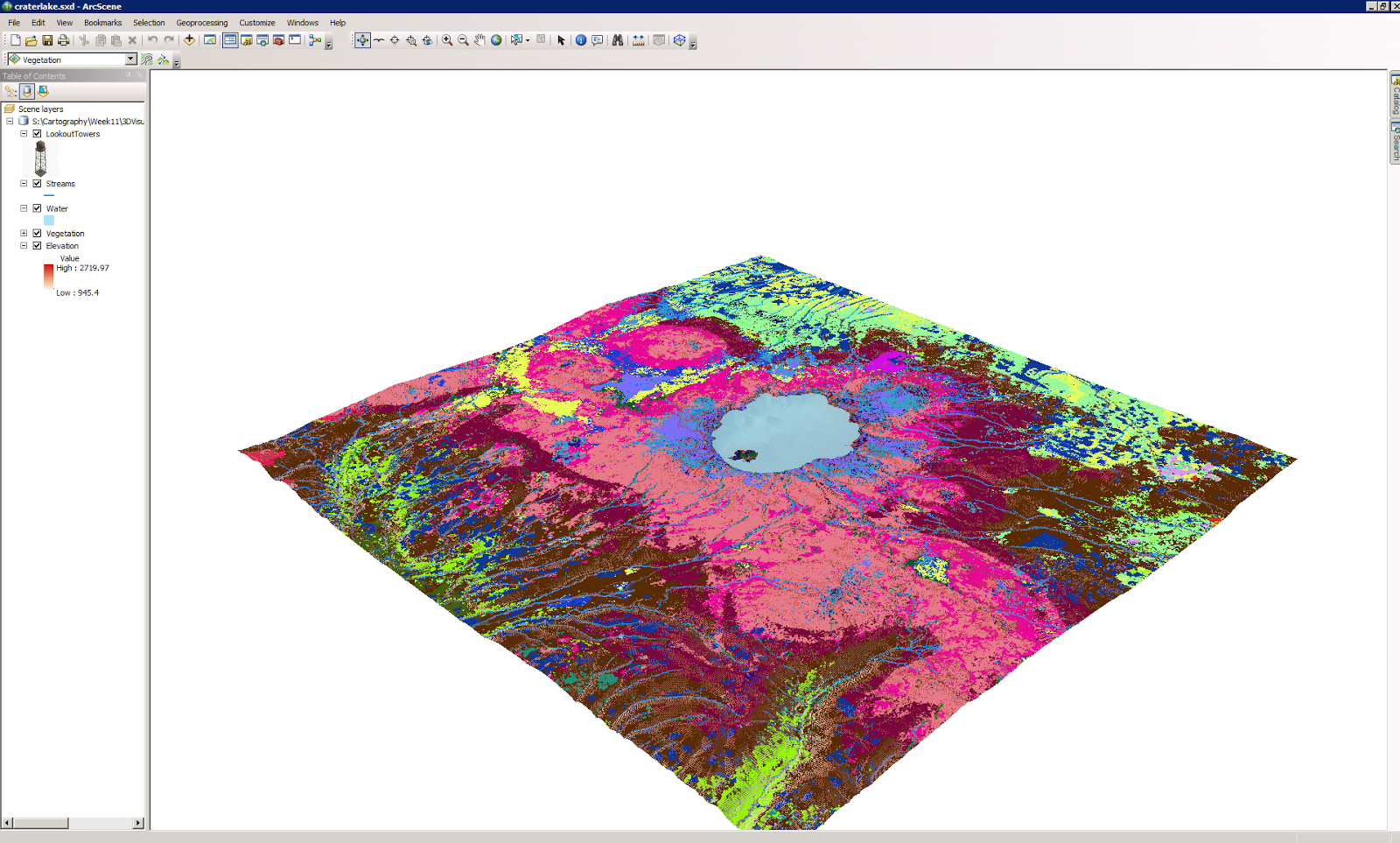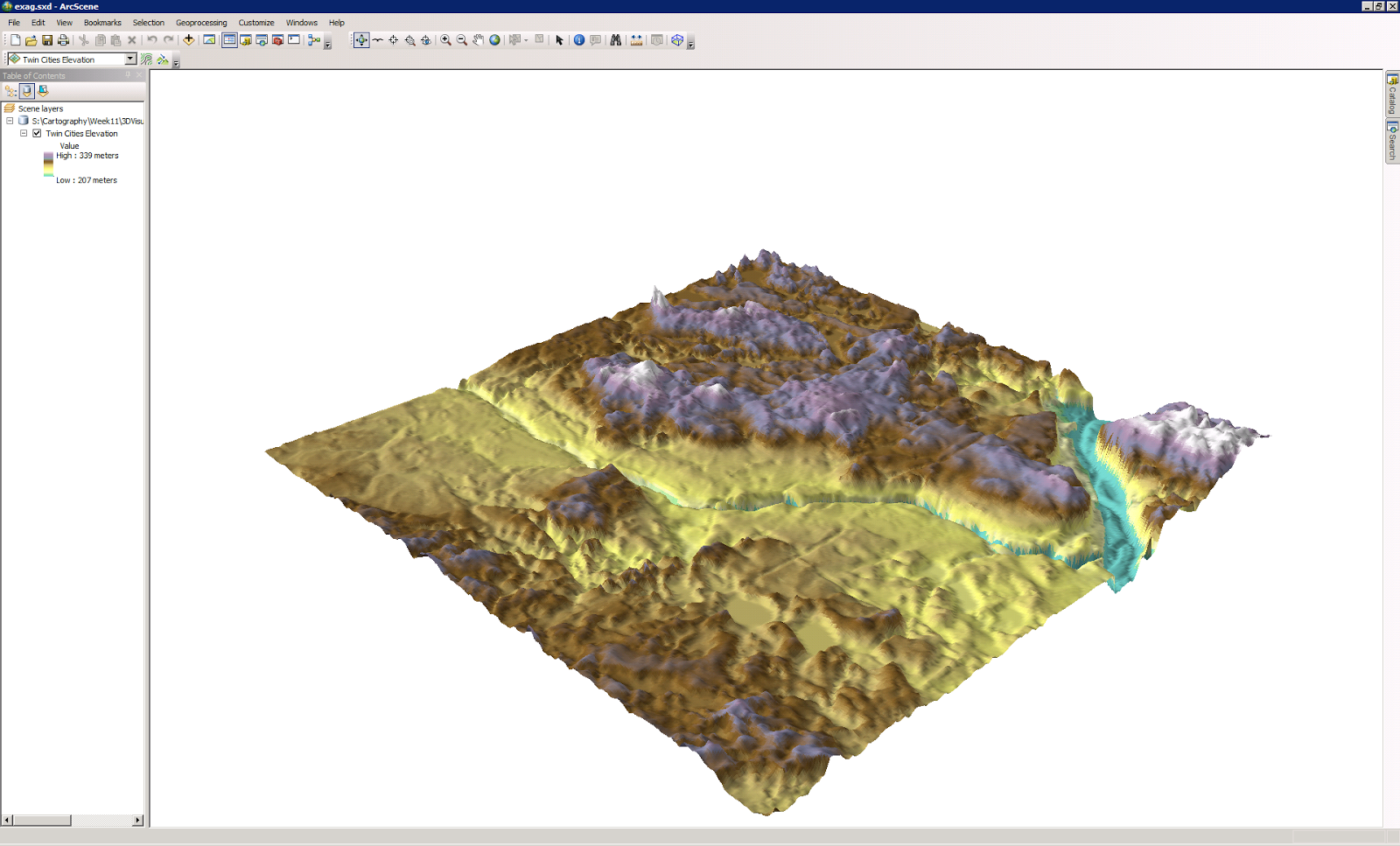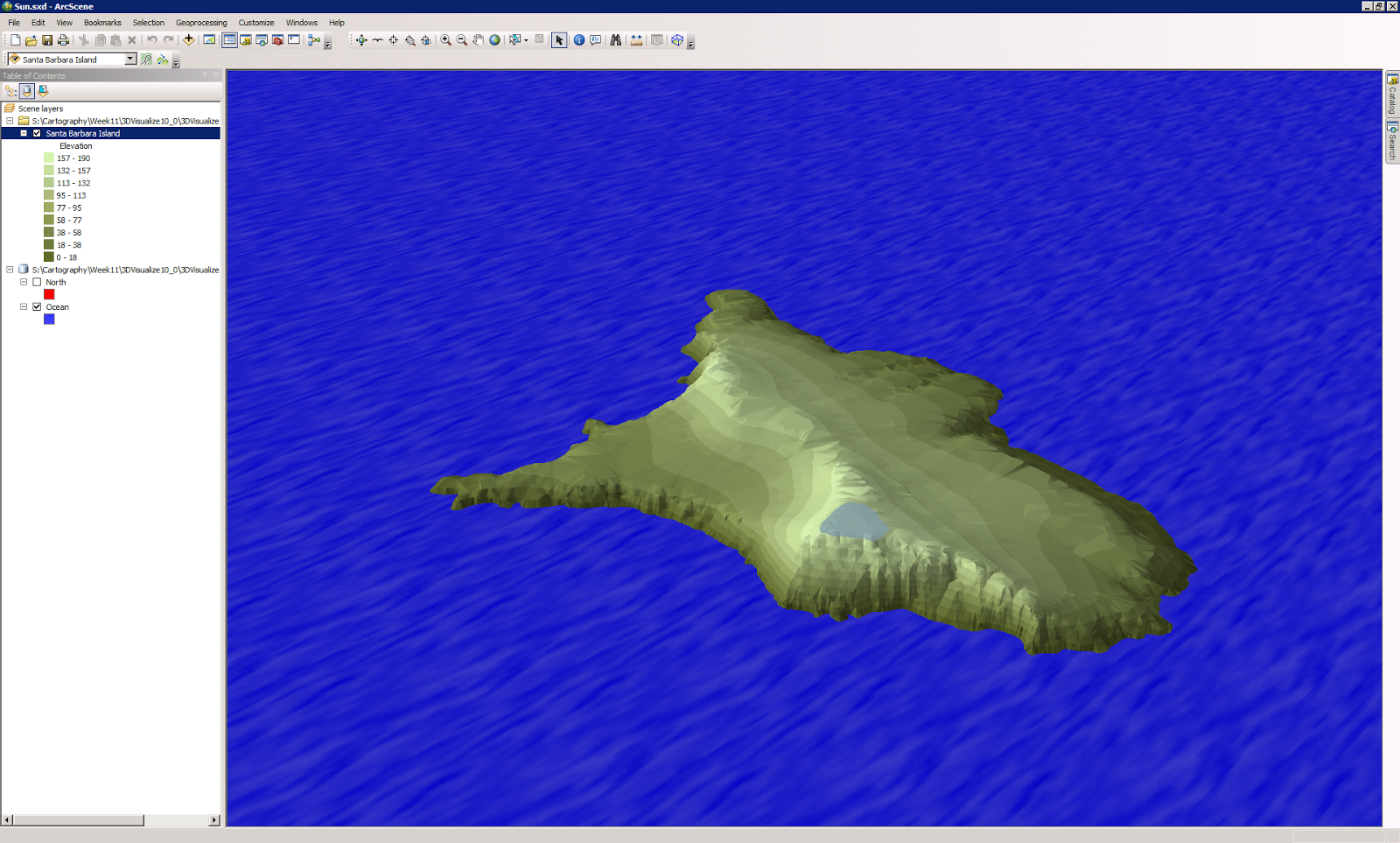Our final project
for Cartography class required that we provide a high quality map to be
published in an national newspaper. Its not actually going to be published but
the quality for potential publication has to be there.
The map needs to
display information about the 2013 standardized test scores for graduation
seniors across America.I choose the ACT exam because the data range for test score was only 7 points. This allowed me to do a manual classification and provide a very accurate representation of state scores. Other classification methods would not allow me such accuracy.
I played around with 3D representation, using a choropleth map then placing pie charts on top of that, but it all seemed to try and compete for the map readers attention when trying to interpret the data.
Then I thought about dot mapping and using dot density to show the percentages of students tested. I realized after watching lots of youtube videos that lines would be better.
Using data from the US Census bureau I created a basemap for the final project however something went aery in he end because the scale is so not right, by the time I noticed that it was time to turn in the assignment.
Looking back the line spacing could have been more dramatic to help readers with the percentage of tested students. However I do think that changing the direction of the lines helps to lower potential confusion.










